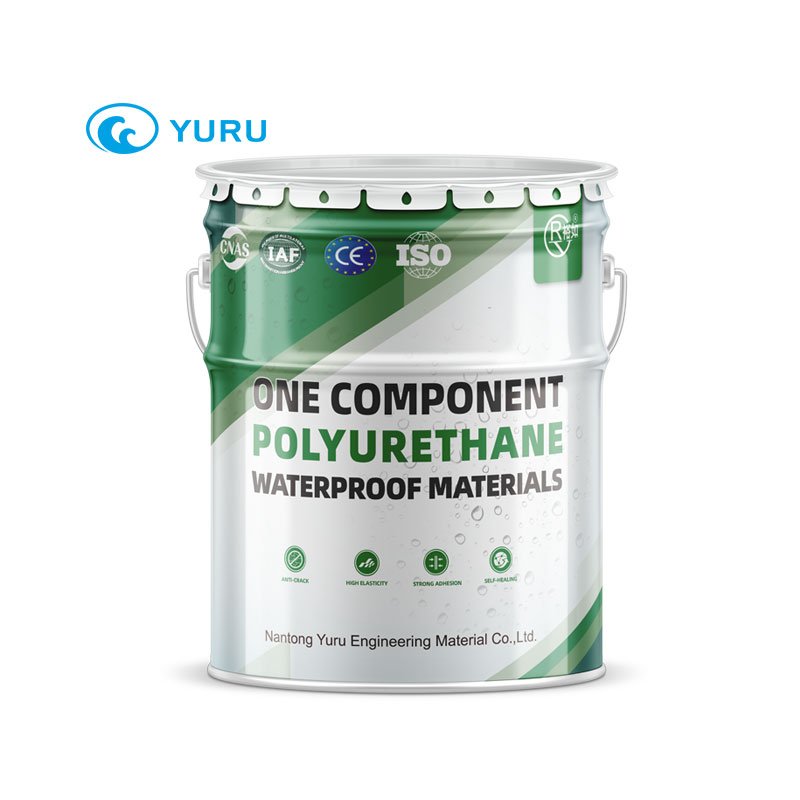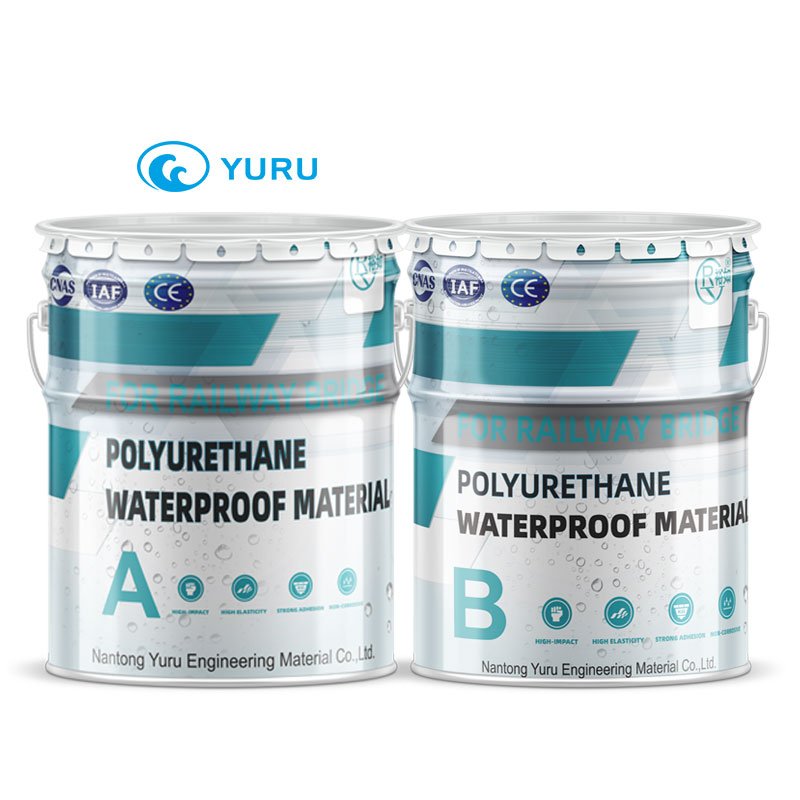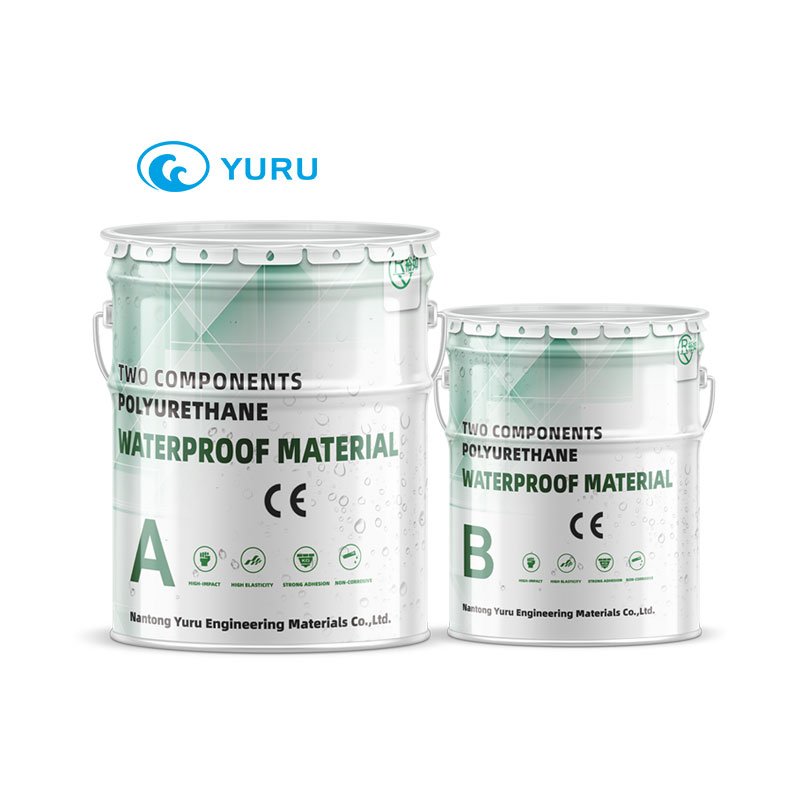Eco-Friendly Polyurethane Waterproofing for Modern Buildings
Introduction
In today’s era of sustainable construction, building owners and contractors are seeking high-performance waterproofing solutions that not only protect structures but also meet environmental standards.
Among the many waterproofing materials available, eco-friendly polyurethane waterproofing systems have become one of the most popular choices for modern green buildings.
These materials provide excellent waterproofing performance, long-term flexibility, and environmental safety — offering a balance between durability and sustainability that perfectly aligns with the goals of modern architecture.
This article explores everything you need to know about polyurethane waterproofing, including its advantages, applications, construction process, and why YURU Waterproof is the preferred supplier for professional contractors and project developers worldwide.


What Is Polyurethane Waterproofing?
Polyurethane waterproofing is a liquid-applied coating system made from high-performance polyurethane resins. Once applied, it undergoes a chemical curing process that forms a seamless, elastic, and durable membrane capable of resisting water ingress, UV degradation, and mechanical stress.
There are two main types of polyurethane waterproofing coatings:
- Single-component systems: Easy to use, moisture-curing, suitable for general roofing and wall applications.
- Two-component systems: Mix before application, providing superior mechanical strength, chemical resistance, and faster curing.
When compared with traditional materials like cement-based waterproofing or asphalt membranes, polyurethane coatings stand out due to their flexibility, adhesion, and long service life.
Why Modern Buildings Need Eco-Friendly Waterproofing Systems?
Modern architecture demands more than just waterproofing. Building materials must also meet global standards for environmental sustainability and occupant health.
Traditional solvent-based waterproofing materials often release high levels of VOCs (volatile organic compounds), posing risks to both the environment and workers.
Eco-friendly polyurethane waterproofing addresses these challenges by introducing water-based and solvent-free technologies that:
- Contain zero or ultra-low VOCs, reducing harmful emissions.
- Emit no strong odor, improving working conditions.
- Allow application on damp substrates, making it practical for humid environments.
- Meet global environmental regulations such as ISO and RoHS.
By adopting green polyurethane waterproofing, construction professionals can ensure their projects meet both performance and sustainability goals, contributing to healthier indoor air quality and reduced environmental impact.
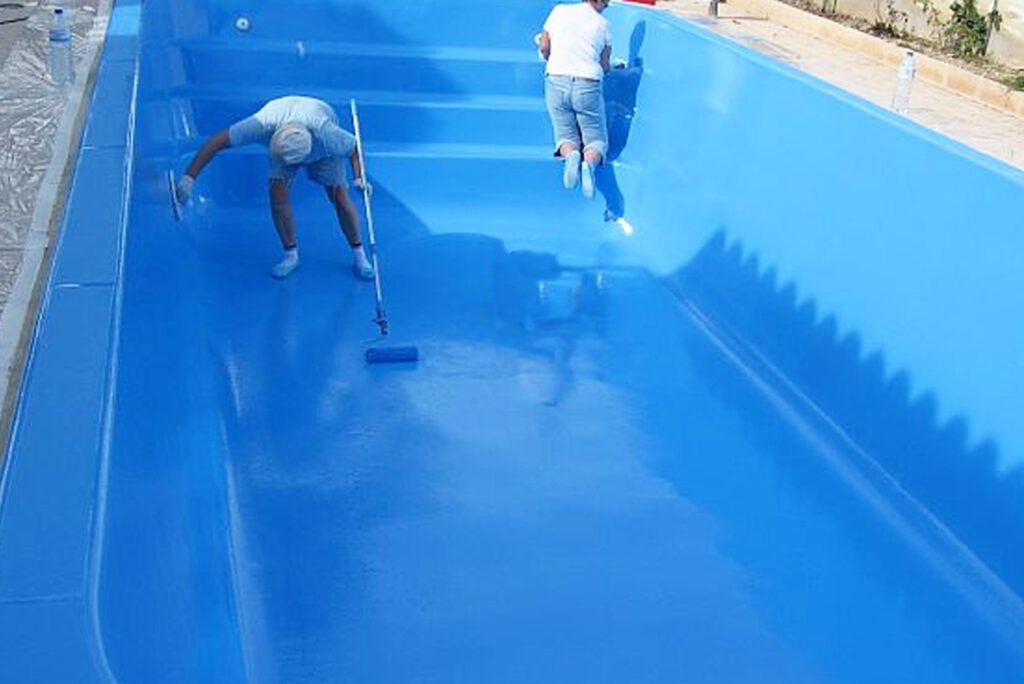
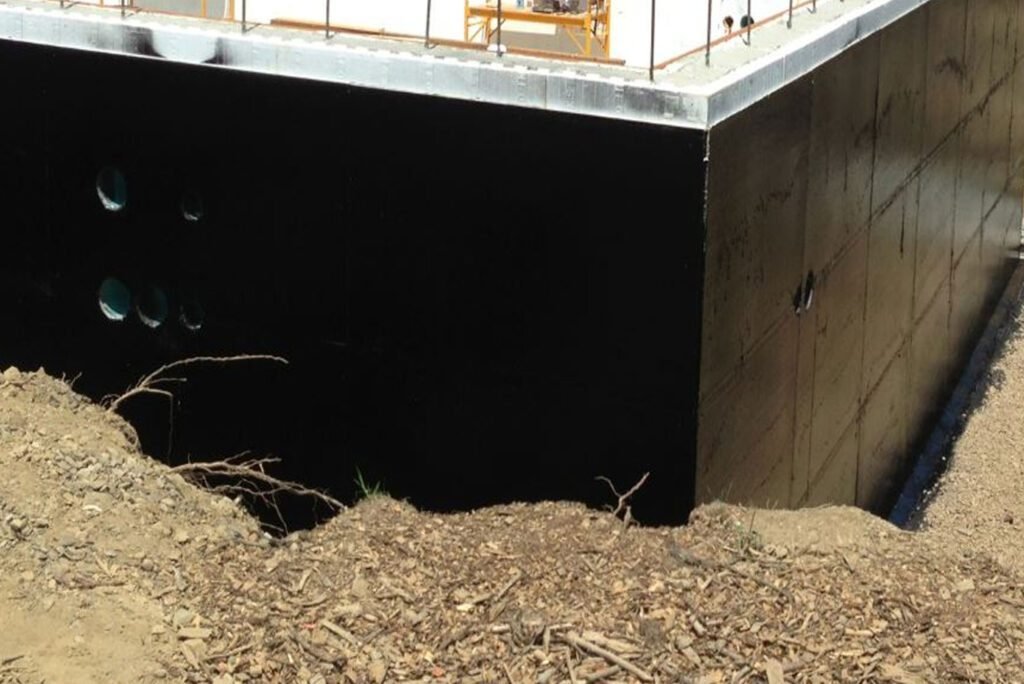
Core Performance Advantages of Eco-Friendly Polyurethane Waterproofing
Eco-friendly polyurethane waterproofing systems deliver exceptional technical performance while maintaining environmental safety. Key performance benefits include:
- High Elasticity and Crack Bridging: Can elongate over 250% to accommodate structural movement without breaking.
- Strong Adhesion: Bonds tightly to concrete, metal, wood, and other construction materials.
- Superior Weather Resistance: Withstands UV exposure, temperature fluctuations, and freeze-thaw cycles.
- Chemical Resistance: Resists corrosion from acids, salts, and industrial chemicals.
- Seamless Waterproof Layer: Creates a continuous coating that eliminates joints and potential leak points.
- Eco-Safe Composition: Formulated without harmful solvents or heavy metals, ensuring safety for workers and the environment.
These qualities make polyurethane waterproofing ideal for long-term structural protection, ensuring both safety and environmental compliance in construction projects.
Typical Applications of Eco-Friendly Polyurethane Waterproofing
The versatility of polyurethane waterproofing allows it to be used across a wide range of building applications. Common use cases include:
Roof Waterproofing Systems
Perfect for both flat and pitched roofs, polyurethane membranes provide a seamless waterproof layer that adapts to complex shapes and penetrations.
Basements and Foundations
Ideal for underground structures that are exposed to hydrostatic pressure. The coating prevents water ingress and strengthens concrete durability.
Industrial and Commercial Floors
Forms a durable, chemical-resistant film that also serves as a moisture barrier under epoxy or PU floor coatings.
Water Tanks and Storage Facilities
Non-toxic, solvent-free formulations make it safe for potable water applications and storage tanks.
Tunnels and Metro Infrastructure
High elasticity and strong adhesion make it ideal for underground waterproofing in dynamic environments.
Green Roofs and Sustainable Buildings
Water-based polyurethane is widely used in eco-friendly roof gardens, offering both water resistance and root penetration protection.
Each of these applications demonstrates the adaptability and eco-safety of polyurethane waterproofing in modern construction environments.
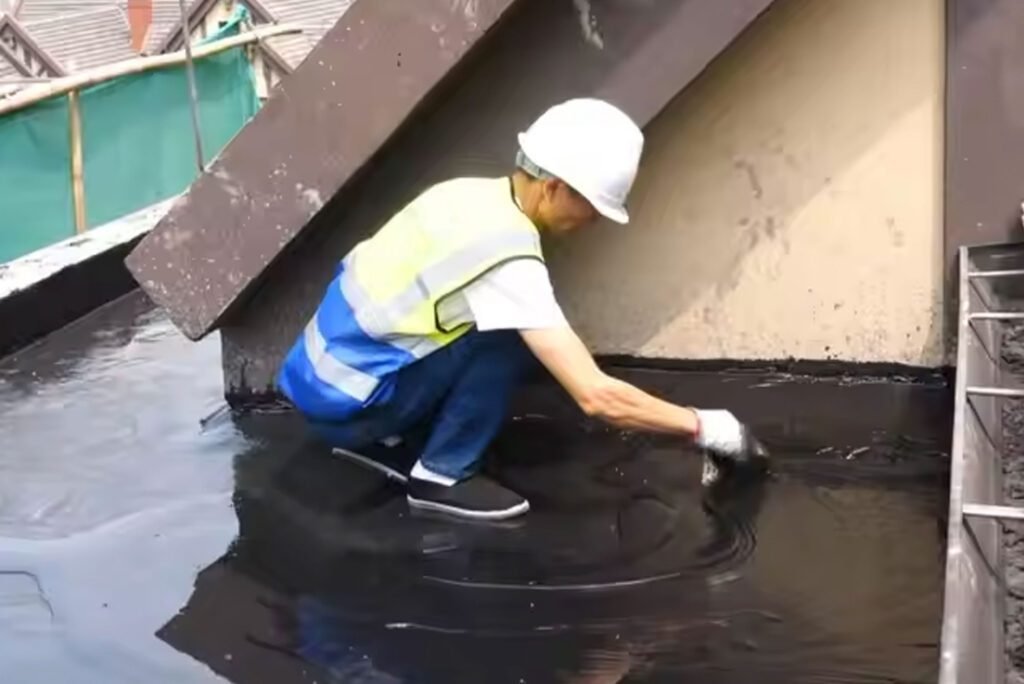
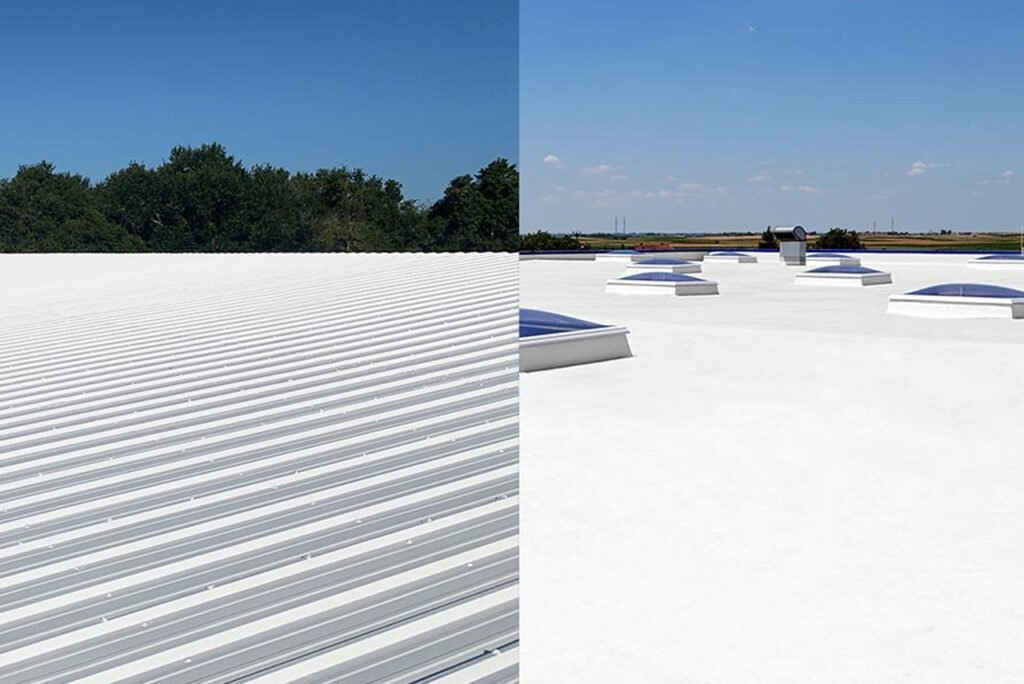
Construction Process and Technical Guidelines
Proper application is key to achieving the maximum performance of polyurethane waterproofing coatings. The standard process includes:
- Surface Preparation
Clean the surface to remove dust, oil, and debris. Repair cracks or holes to ensure smooth application.
- Primer Application
Apply a compatible polyurethane primer to improve adhesion and seal porous substrates.
- Main Waterproofing Layer
Apply the eco-friendly polyurethane coating by roller, brush, or spray in multiple layers to reach the required film thickness.
- Curing and Inspection
Allow sufficient curing time (usually 24–48 hours) before testing the waterproof membrane.
- Optional Protective Topcoat
For UV or mechanical protection, a topcoat can be applied over the waterproof layer.
Technical Notes:
- Application can be performed in slightly damp environments.
- Material should be stored away from direct sunlight and heat sources.
- Always mix thoroughly before use to ensure uniform consistency.
This flexible and efficient process makes polyurethane waterproofing highly suitable for on-site construction and large-scale projects.
Comparison – Eco-Friendly Polyurethane vs Traditional Waterproofing Materials
| Property | Eco-Friendly Polyurethane | Cementitious Coating | Bituminous Membrane | Solvent PU Coating |
|---|---|---|---|---|
| Waterproofing Performance | ★★★★★ Excellent | ★★★ Moderate | ★★★★ Good | ★★★★★ Excellent |
| Environmental Safety | ★★★★★ VOC-Free | ★★★★★ Safe | ★★ Contains asphalt | ★★ High VOC |
| Elasticity | ★★★★★ Excellent | ★★ Low | ★★ Limited | ★★★ Good |
| Durability (Years) | 20–25 | 10–15 | 15–20 | 15–20 |
| Ease of Application | Simple | Moderate | Complex (requires heating) | Moderate |
| Recommended for Green Buildings | Yes | Yes | No | No |
Conclusion:
Eco-friendly polyurethane waterproofing provides superior performance, environmental compliance, and long-term value, making it the leading choice for sustainable building projects.
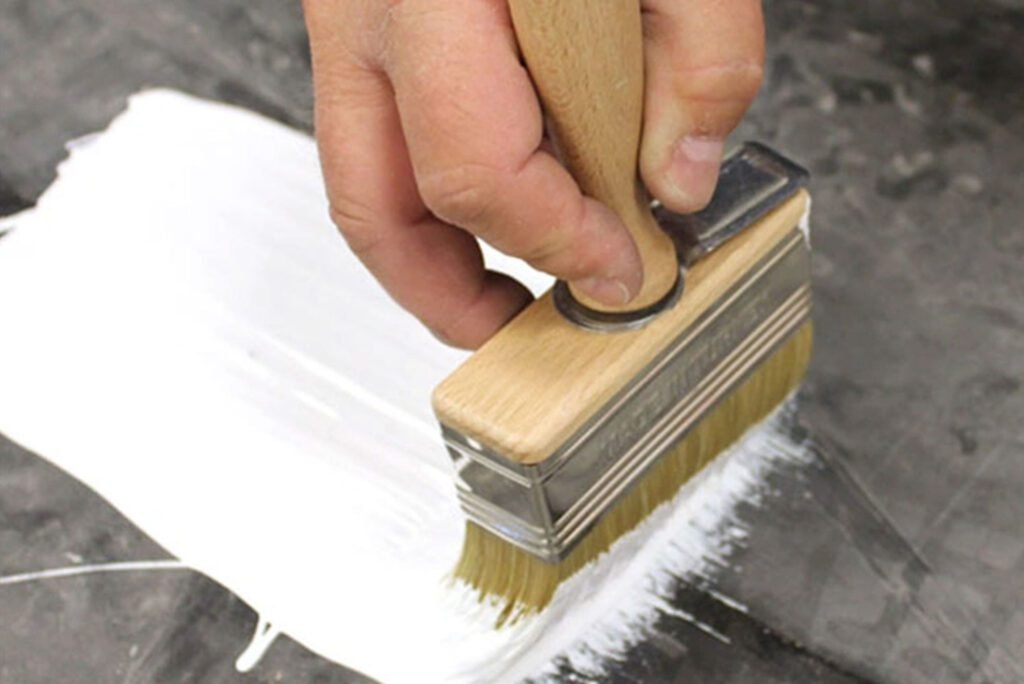
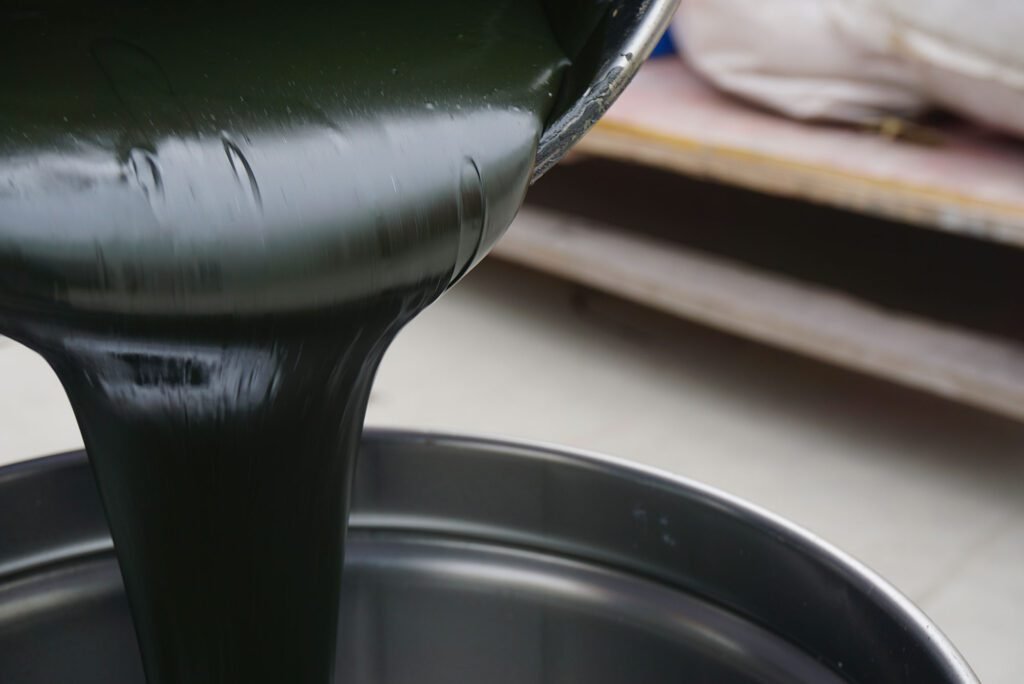
Why Choose YURU Waterproof as Your Polyurethane Supplier?
At YURU Waterproof, we don’t just sell materials — we deliver complete waterproofing solutions designed for modern, eco-conscious construction.
Why professionals choose YURU Waterproof:
- Comprehensive Product Portfolio – Polyurethane waterproofing coatings, injection grouting materials, and flooring systems.
- Wholesale and Customization – Tailored formulas for contractors, distributors, and project developers.
- Environmentally Certified Products – VOC-free and compliant with global sustainability standards.
- Technical Support and Training – On-site guidance, application training, and system design advice.
- Proven Project Experience – Trusted by engineers in large-scale infrastructure, metro, and commercial projects.
YURU Waterproof helps you achieve durable, sustainable, and high-performance waterproofing with products that meet both engineering and environmental excellence.
FAQs
- Is eco-friendly polyurethane waterproofing as effective as traditional coatings?
Yes. Modern eco-friendly polyurethane coatings perform just as well — or even better — than solvent-based systems while being safer for users and the environment.
- Can it be applied on damp or wet surfaces?
Yes. Water-based polyurethane coatings can be applied directly to slightly damp concrete surfaces, reducing project delays.
- How long does it last?
With proper application, polyurethane waterproofing can last 20–25 years with minimal maintenance.
- Is YURU Waterproof’s polyurethane coating VOC-free?
Absolutely. All YURU polyurethane waterproofing products are solvent-free and meet VOC emission standards for green building use.
- Does YURU Waterproof offer bulk orders or custom formulations?
Yes. We provide wholesale supply and tailored formulations for contractors and engineering projects worldwide.
Conclusion
Eco-friendly polyurethane waterproofing represents the future of sustainable construction. It provides long-lasting protection, flexibility, and superior waterproofing performance without compromising environmental safety.
For contractors, wholesalers, and project managers looking for dependable waterproofing materials, YURU Waterproof offers:
- High-quality, environmentally friendly polyurethane systems
- Competitive wholesale pricing
- Technical expertise and global logistics support
Build sustainably. Seal confidently. Partner with YURU Waterproof — your reliable supplier for eco-friendly polyurethane waterproofing systems designed for modern construction projects.
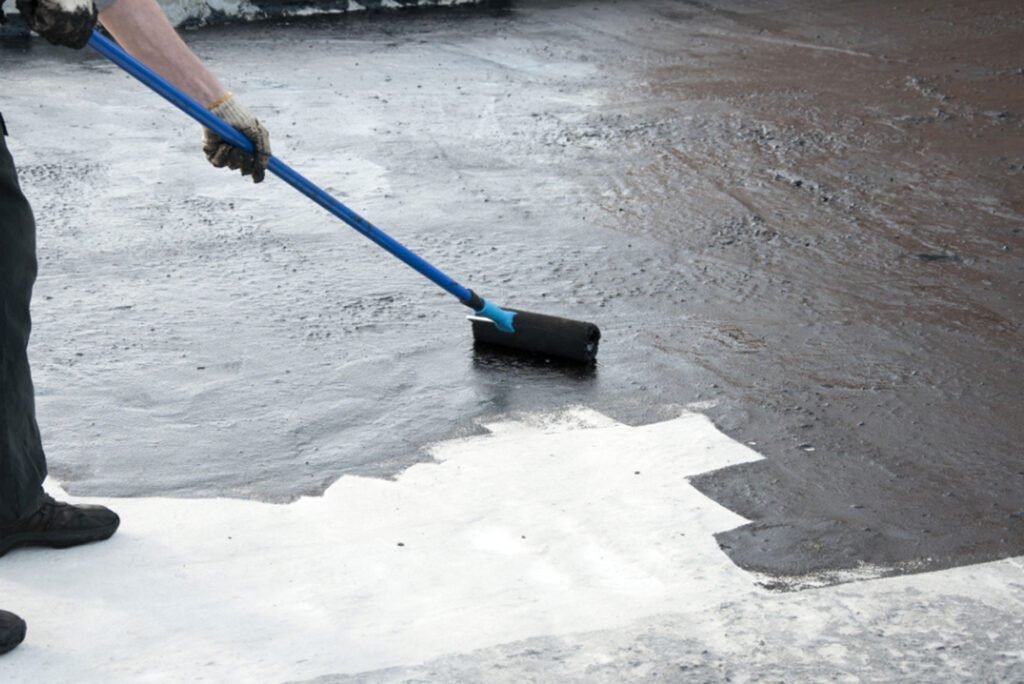
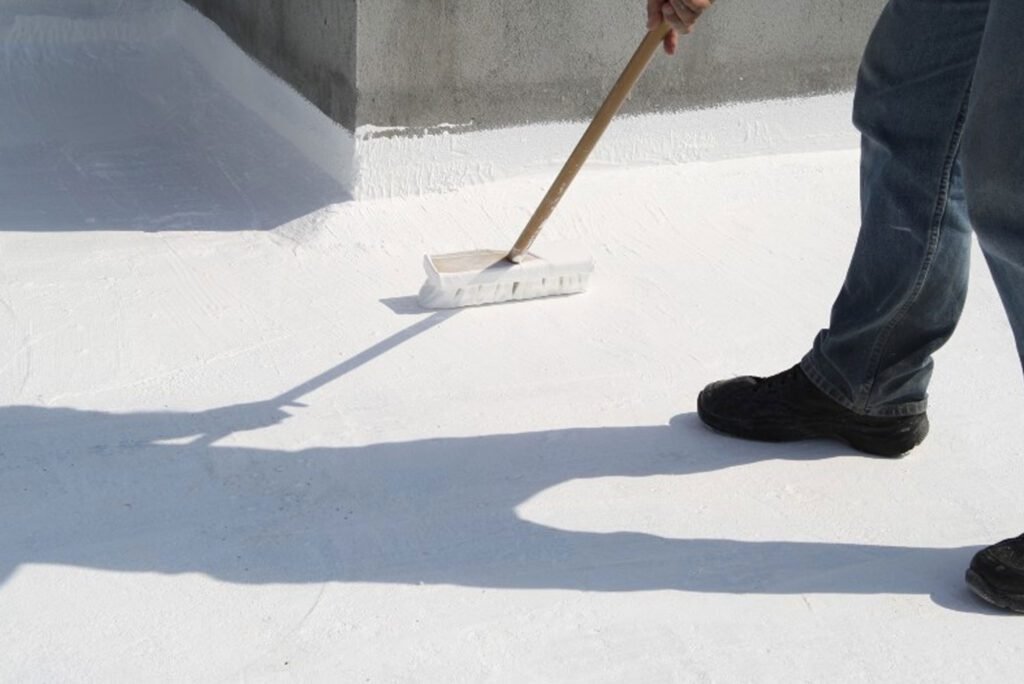
YURU Product solutions
Waterproof Coating
- One-component oil-based polyurethane waterproof coating
- One-component water-based polyurethane waterproof coating
- Two-component polyurethane waterproof coating
- Two-component 6.0Mpa polyurethane waterproof coating
- Transparent Waterproof Glue
- Nano Invisible Waterproof Agent
- Silicone Waterproof Coating
- Acrylic Waterproof Coating For Metal Roof
- JS Polymer Waterproof Coating
- High Elastic Liquid Rubber Waterproof Coating
- Cement-based Penetrating Crystallization Waterproof Coating

